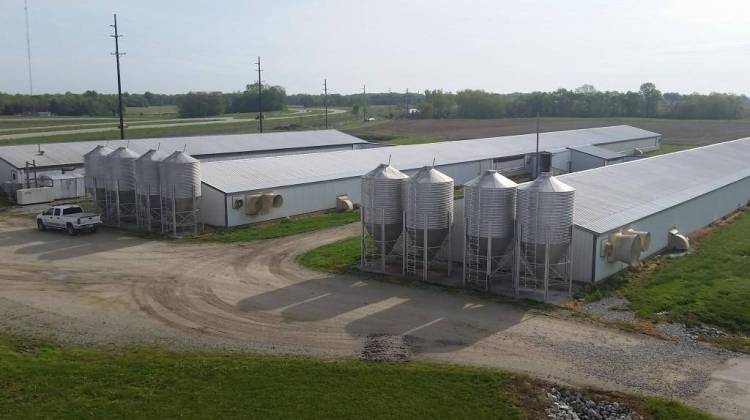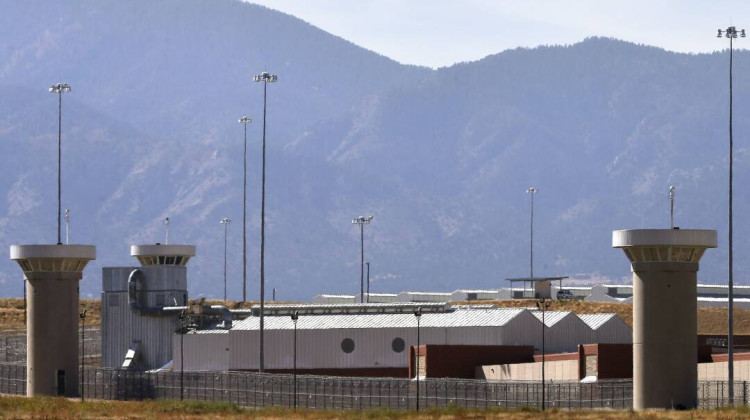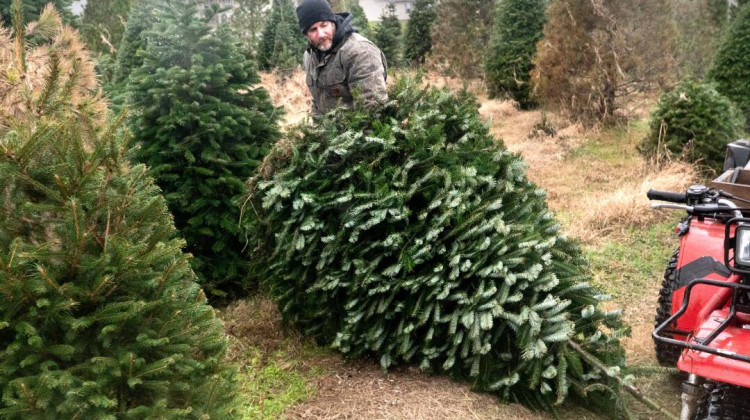Purdue University researchers are releasing new findings about how Indiana counties regulate big livestock farms, in hopes of determining what rules work best to help farmers get along with their neighbors.
Paul Ebner’s team at Purdue has spent years mapping out the wide range of zoning rules counties use to regulate confined animal feeding operations – known as CFOs – and their bigger, more concentrated counterparts, called CAFOs.
“We got to the point where we have all these data,” he says. “How can we use them to tease out what’s good in an ordinance, and what’s effective?”
Ebner’s team asked the Indiana Department of Environmental Management and the office of the state chemist for complaints filed about CFOs in each county.
They tried to correlate those with each county’s demographics and regulations to show what rules might be more effective than others.
Most of the initial findings seem obvious – places with more farms have more conflicts, while places that keep farms farther from other people have fewer.
Ebner says it’s useful in a controversial field without many hard numbers.
“So, in many cases, what we’re doing is providing that primary data,” he says.
Local planners and residents can compare counties and see the correlations on a newly revamped CFO website from the Purdue College of Agriculture. Ebner hopes it’ll help counties make better decisions as their regulations evolve.
 DONATE
DONATE











 Support WFYI. We can't do it without you.
Support WFYI. We can't do it without you.